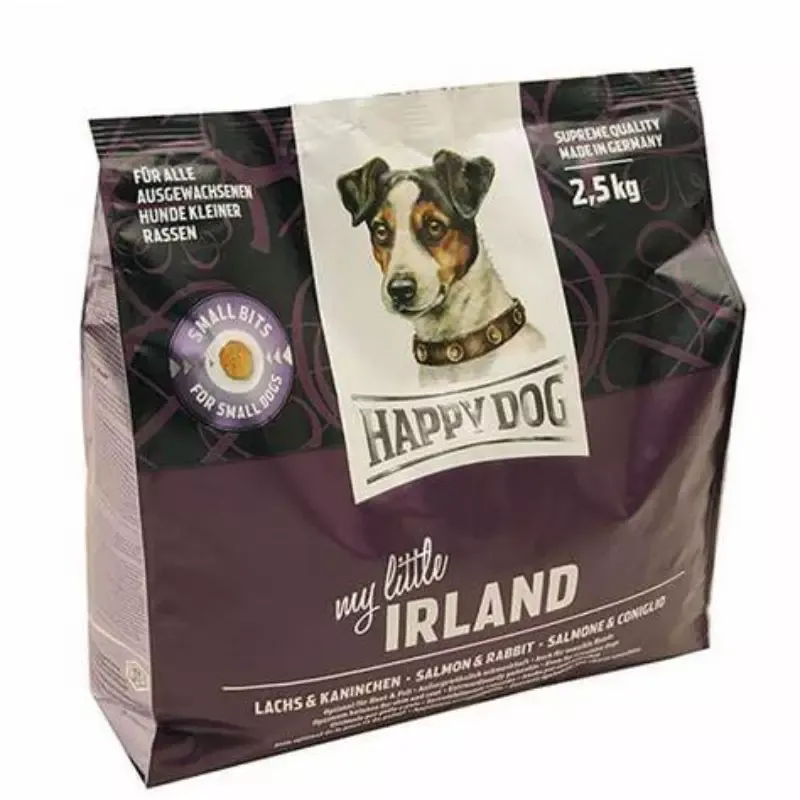- Afrikaans
- Albanian
- Amharic
- Arabic
- Armenian
- Azerbaijani
- Basque
- Belarusian
- Bengali
- Bosnian
- Bulgarian
- Catalan
- Cebuano
- chinese_simplified
- chinese_traditional
- Corsican
- Croatian
- Czech
- Danish
- Dutch
- English
- Esperanto
- Estonian
- Finnish
- French
- Frisian
- Galician
- Georgian
- German
- Greek
- Gujarati
- haitian_creole
- hausa
- hawaiian
- Hebrew
- Hindi
- Miao
- Hungarian
- Icelandic
- igbo
- Indonesian
- irish
- Italian
- Japanese
- Javanese
- Kannada
- kazakh
- Khmer
- Rwandese
- Korean
- Kurdish
- Kyrgyz
- Lao
- Latin
- Latvian
- Lithuanian
- Luxembourgish
- Macedonian
- Malgashi
- Malay
- Malayalam
- Maltese
- Maori
- Marathi
- Mongolian
- Myanmar
- Nepali
- Norwegian
- Norwegian
- Occitan
- Pashto
- Persian
- Polish
- Portuguese
- Punjabi
- Romanian
- Russian
- Samoan
- scottish-gaelic
- Serbian
- Sesotho
- Shona
- Sindhi
- Sinhala
- Slovak
- Slovenian
- Somali
- Spanish
- Sundanese
- Swahili
- Swedish
- Tagalog
- Tajik
- Tamil
- Tatar
- Telugu
- Thai
- Turkish
- Turkmen
- Ukrainian
- Urdu
- Uighur
- Uzbek
- Vietnamese
- Welsh
- Bantu
- Yiddish
- Yoruba
- Zulu
Comparing Aqueous and UV Coatings for Improved Performance and Durability in Printing Applications
Aqueous vs. UV Coating Choosing the Right Finish for Your Printing Needs
In the realm of printing, the choice of coating plays a pivotal role in determining the final quality and durability of printed materials. Two popular options that often come into consideration are aqueous and UV coatings. Both serve the purpose of enhancing the appearance and longevity of printed products, yet they differ significantly in their composition, application processes, and overall benefits. Understanding these distinctions can help businesses and print service providers make informed decisions tailored to their specific needs.
Aqueous Coating An Overview
Aqueous coating is a water-based coating applied to printed materials. It is commonly used for both paper and cardboard substrates. Aqueous coatings offer several advantages, such as being environmentally friendly because they contain low levels of volatile organic compounds (VOCs). This makes them an ideal choice for businesses looking to minimize their ecological footprint while adhering to sustainability practices.
The application process for aqueous coating is relatively straightforward. After the printing process, the aqueous coating is applied via a roller system or a spray, creating a thin layer over the printed surface. This layer enhances the print’s appearance, providing a glossy or matte finish as desired. The coating also helps protect the print from dirt, fingerprints, and smudging, making it more resilient during handling and distribution.
However, it is important to note that aqueous coatings are not as robust as some of their alternatives. While they do provide surface protection, they can be susceptible to damage from moisture and certain chemicals, potentially compromising the integrity of the print in conditions of high humidity or exposure to solvents.
UV Coating A Brief Introduction
UV coating, on the other hand, involves the application of ultraviolet light to cure or harden a liquid coating on printed materials. This process creates a durable, high-gloss finish that is often more resistant to scuffing, scratching, and moisture than aqueous coatings. UV coatings are particularly popular in commercial printing, especially for high-quality materials such as brochures, catalogs, and packaging.
aqueous vs uv coating

The application of UV coating requires specialized equipment to cure the coating using ultraviolet light. This means that the initial investment in equipment can be higher compared to aqueous coating. However, the results often justify the expense, as the finished product boasts vibrant colors and enhanced durability.
One of the standout advantages of UV coating is its ability to withstand the rigors of distribution and handling. Unlike aqueous coatings, UV coatings provide a strong barrier against water and many chemicals, making them an excellent choice for products that may encounter challenging environmental conditions. Furthermore, they are available in various finishes, ranging from matte to high-gloss, allowing for greater customization based on aesthetic preferences.
Making the Right Choice
When choosing between aqueous and UV coatings, several factors should be considered. The intended use of the printed materials is paramount; if the product will be exposed to moisture or rough handling, UV coating may be the more suitable option due to its superior durability. Conversely, if environmental considerations and budget constraints are significant factors, aqueous coating presents an attractive alternative that still offers decent protection and finish quality.
Additionally, turnaround times can also influence decision-making. Aqueous coatings typically dry faster than UV coatings, which require curing time under UV light. This can impact production schedules, especially for time-sensitive projects.
Conclusion
In conclusion, both aqueous and UV coatings have their unique advantages and potential drawbacks. The choice between these two options ultimately depends on specific project requirements, production budgets, and desired outcomes. By understanding the differences between aqueous and UV coatings, businesses can better position themselves to select the most effective finishing solution for their printing needs, paving the way for high-quality, visually appealing products that resonate with customers.













